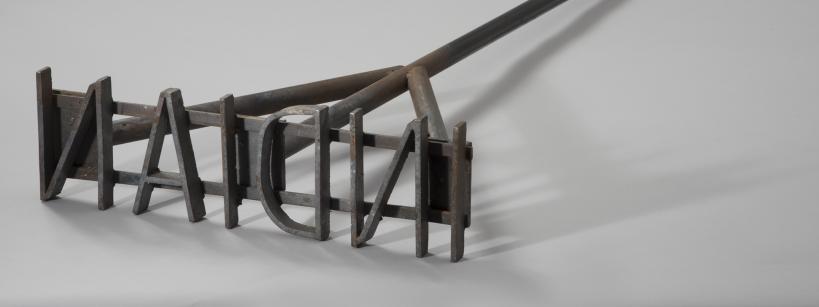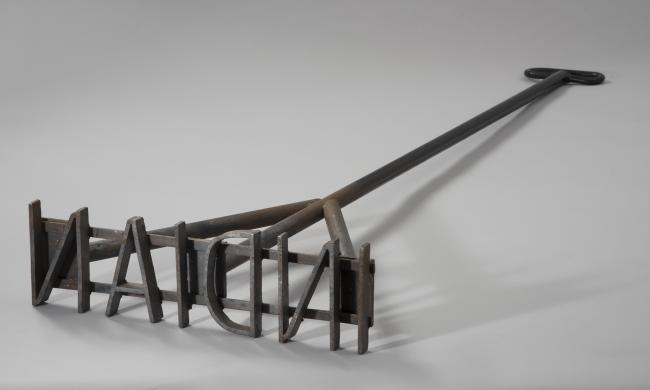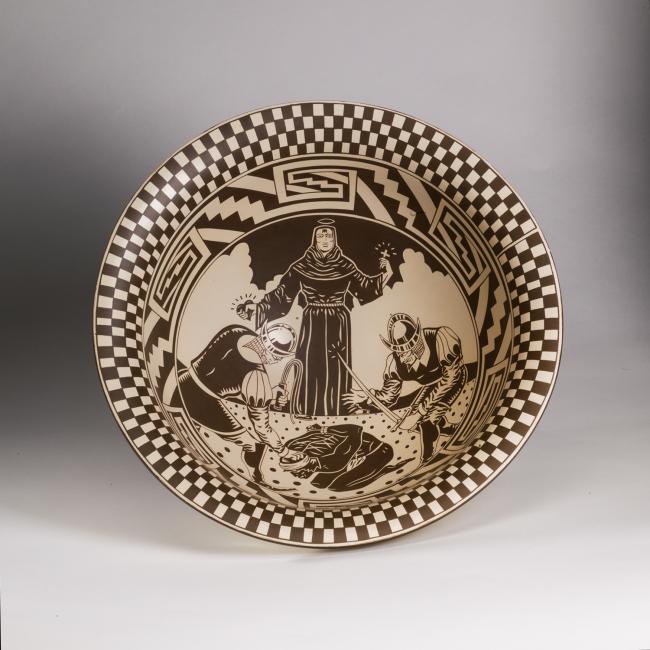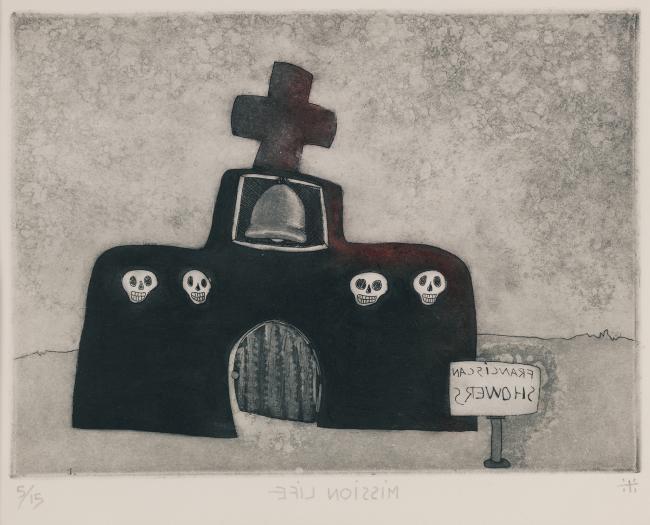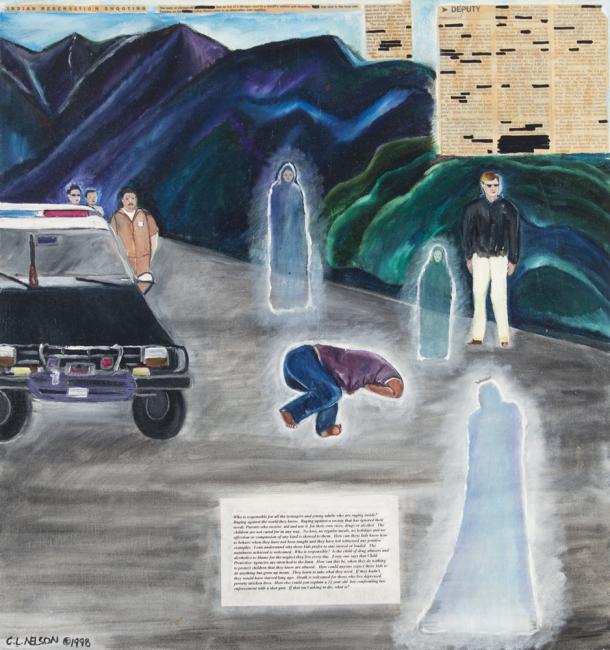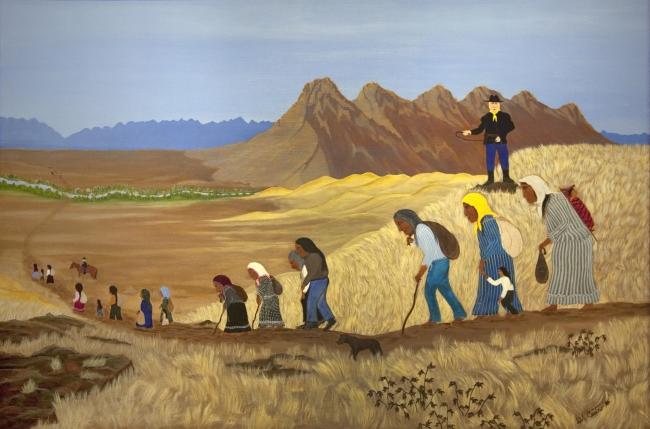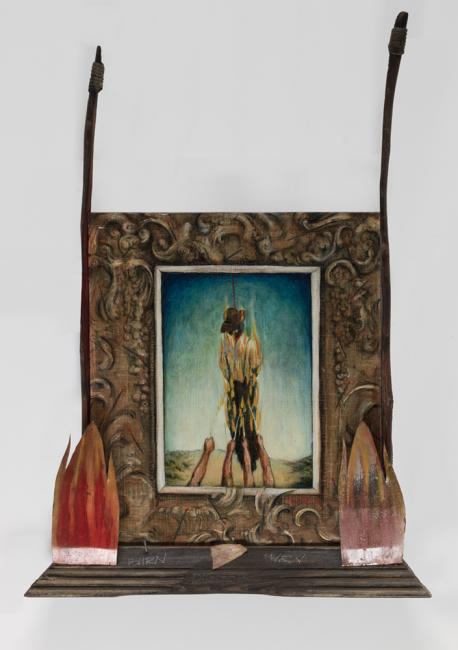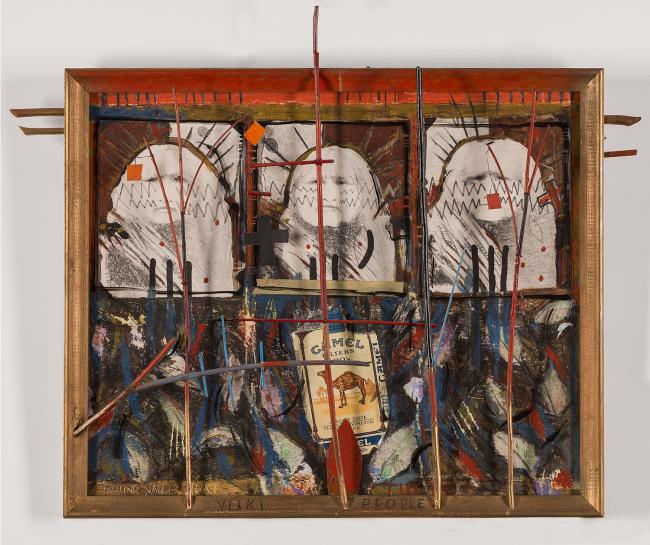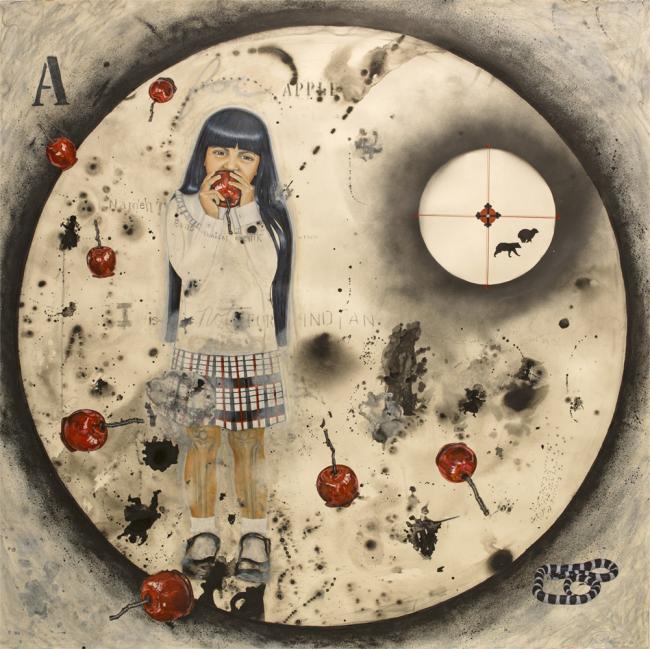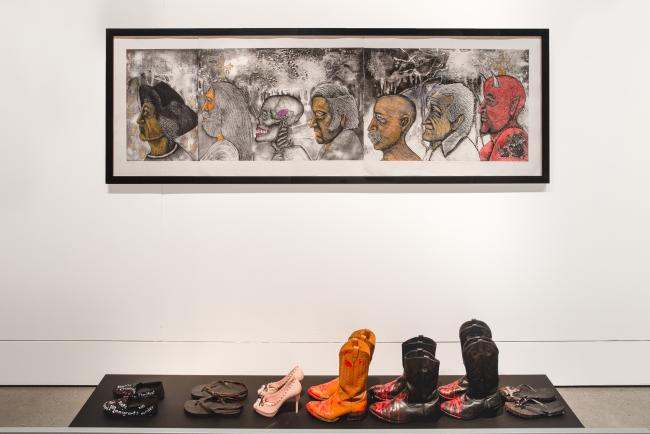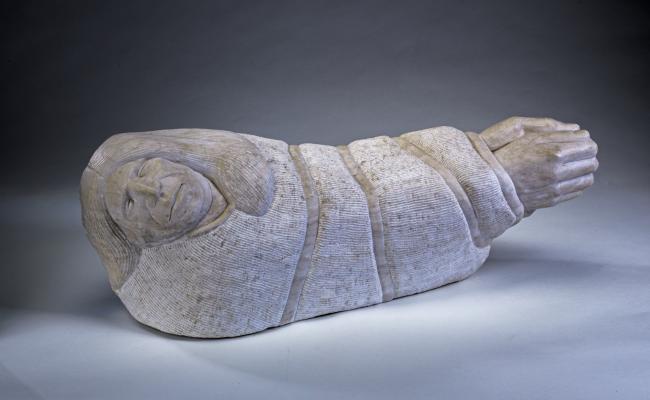California Genocide refers to the actions by the United States federal, state, and local governments that targeted Native American populations beginning in the mid-19th century. These included more than 370 large-scale massacres, as well as the murder or enslavement of individuals, sometimes for bounties and rewards. Children were legally indentured as slaves, and Indians could not testify against whites in a court of law. Many children were taken from their parents and sent to federal boarding schools so they could be assimilated. The spread of disease, forced Christian conversion, and seizing of resource-rich land also contributed to the loss of American Indian culture.
On June 18, 2019, Governor Gavin Newsom issued an executive order that apologized for this genocide on behalf of the State of California. The acknowledgement and apology is one step in the healing of many Native communities that still struggle with loss of cultural traditions during this dark time in their history.
